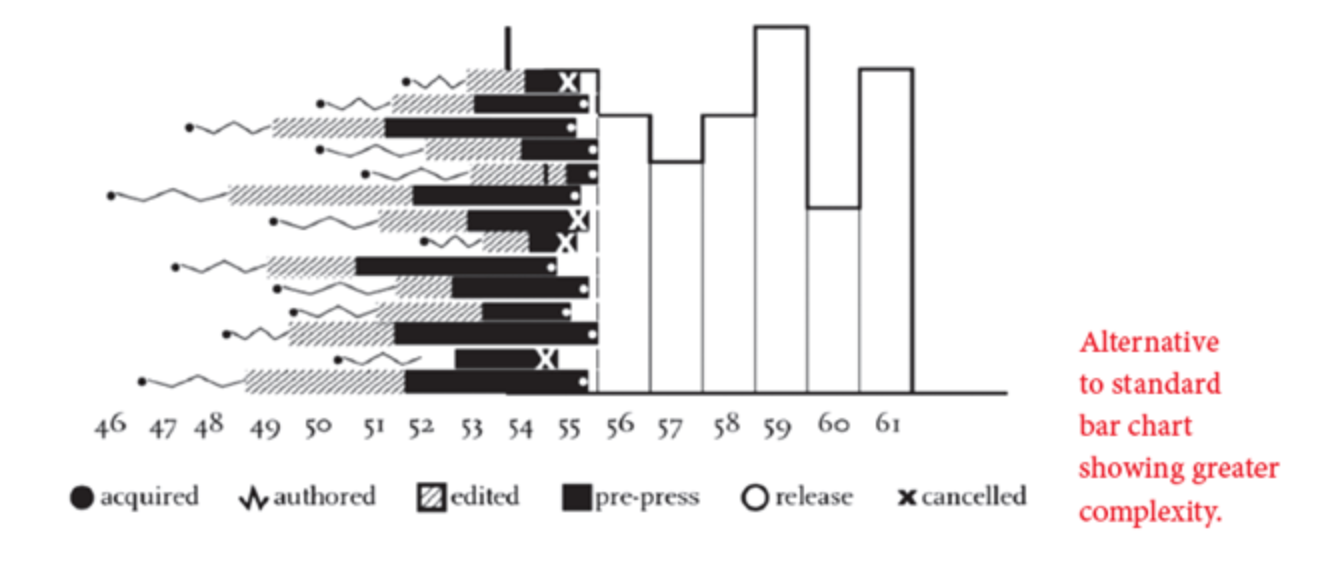In this chapter, Johanna Drucker argues that data are “capta” and takes the reader through examples of both conventional and unconventional graphs to provide the reader with a greater understanding of the ways in which humans imbue their biases and opinions in data sets that we may perceive as objective. Describing data as objective ignores the fact that there is always a process of observation and interpretation in collecting that data.
Drucker turns to the presentation of a standard graph as an example of how it presents a distorted view of the facts. In the conventional form of a graph we render the statistical information in a simple and legible form that hides other aspects of the original framework on which the graph is constructed. One of her most interesting arguments is the rethinking of the approach to visualization and the assumptions that underpin them by representing ambiguity and uncertainty as the basis on which a representation is constructed instead of creating a graph as an effect of those ambiguities. She introduces an unconventional method of graphs which is focused on the humanistic approach- a premise rooted in the recognition of the interpretative nature of knowledge- to expose the constructed nature of data.

Through her suggestions of including a more humanistic approach, Drucker's hope is to highlight how these graphical forms are not neutral and suggest strategies, such as unequal measurements, to mark uncertainty and the involvement of interpretation clear.